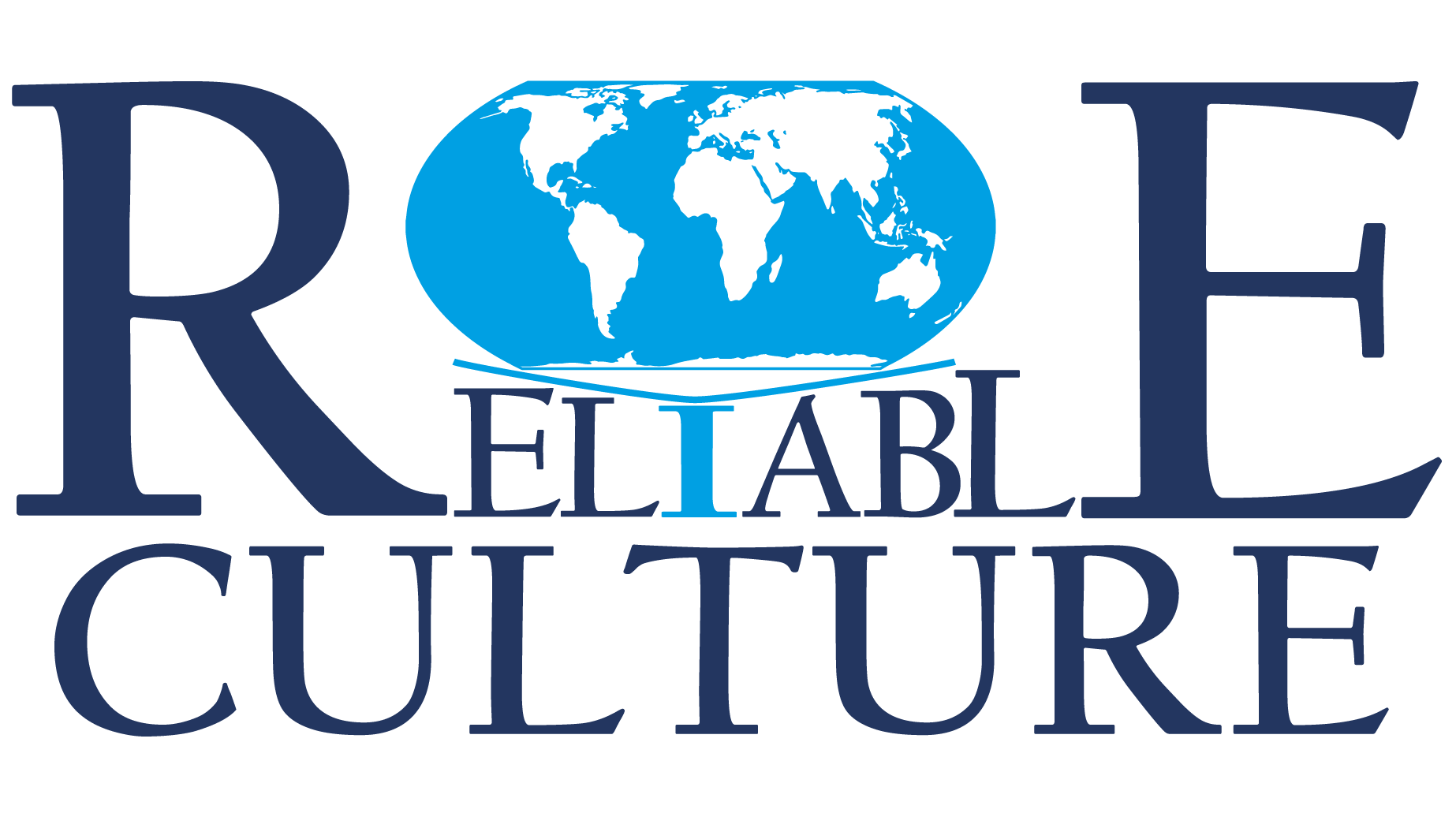1. Initial Problem Statement
The HR manager together with the GM has invited me to help them “increase the efficiency in the organization and improve the collaboration between the departments“.
2. Service applied before going with the intervention: Organizational Diagnosis
This Service consists of applying a researched instrument (survey) on Organizational culture and then schedule a 60 minutes dialog with two or three top managers, in this case, the HR manager and the GM. The discussion has the purpose of calibrating the results with the reality on the floor.
3. Organizational Diagnosis Report Results:
3 out of 6 dimensions on Organizational Culture from this particular instrument can be seen briefly below.



4. Expert evaluation before the dialogue with the GM and the HR:
Based on the results from these three dimensions and from the other three that are not shown here, I could formulate the following hypotheses:
- For some reason, people are hiding behind the rules and the procedures.
- There is too much micromanagement (either needed or done unconsciously which might be exhausting for the GM).
- The people are overly stressed (maybe it is the philosophy of the founding leader, but maybe it is an adverse reaction to something working dysfunctionally).
- The departments fight each other beyond the healthy competition (in line with the HRM’s perception, who initially has formulated the goal of the intervention to “improve collaboration between the departments”).
- It is unclear why the Strategy is the way it is for the particular Industry in the particular market.
- It looks like the particular department that was initially evaluated has received more importance than the other key departments in the current strategy and it is not clear why.
5. After the dialogue
- The mother company has imposed a Strategy that does not fit the local market. Their Strategy was the standard one deployed all over the world and in line with their history that has built a strong brand in their home market. However, this Strategy was not constructive at least for the local market of the subsidiary that we were diagnosing.
- By understanding cultural differences I was able to explain in which way the current Strategy was good for the mother company’s market but not for the one in which the subsidiary was operating.
- The current Strategy was empowering this department disfavoring the other ones and overall the business, which explains why the management felt that the departments were not collaborating well.
- The current Strategy was killing the Sales department, asking from them a lot while giving them too little support, hence the attrition there was big (this always comes with a big cost for an organization).
- Because of the current confusing Strategy and the lack of a clear business vision, the professionals were using the rules and the procedures to protect themselves and didn’t focus on the business goals, hence a big amount of the GM’s time was spent on micromanagement.
6. Solution
- Based on this Diagnosis we have decided to go into a coherent Organizational Transformation process to create a Coherent and Aligned Strategy that takes into account the Industry, the Local Market, and the needs of each of the departments at that point in time.
- By explaining how group behavior works, it was clear which improvements (on which KPIs) were not bringing business value if they were persuaded in the next period of time.
- It proved to be cheaper to fix the Strategy, stabilize the organization (the attrition in the Sales department, the interactions between the key departments, the integration of each department and of each individual in the overall business vision) than to aim for delivering random KPIs that were taken from the Mother company as their share from the global KPI Strategy.
7. Conclusions and Looking back
Had we started with “driving collaboration and efficiency between the key departments” as the HR manager initially wanted, we would have wasted time, energy, and probably would have ended up in an even more frustrating position for everyone.
For me, the external consultant, their requests were legitimate, but I’ve learned to stay away from working on perceptions, so we have applied an instrument on Diagnosing the way people work together (their organizational culture), and based on that I could find the root cause (the Strategy not being aligned to the local culture and in the same time not aligning the key departments), and based on the root cause be able to explain all the other more visible effects (the lack of collaboration between the key departments, the need for micromanagement, the high attrition), and identify the main important thing that would fix most of the things in a cascading positive effect.
Organizational Change, Organizational Transformation, and Organizational Development are processes that need to be tackled in a focused manner, rigorously, so that they empower and energize the professionals working together rather than leaving them working in an even more frustrating environment.
WARNING: This Diagnosis and Solution worked for one company and by no means it can be reapplied to other companies! Each company has its own difficulties, and the important thing is to correctly identify them before going into a more complex change!
You can read more on this Service of Organizational Diagnosis here.
